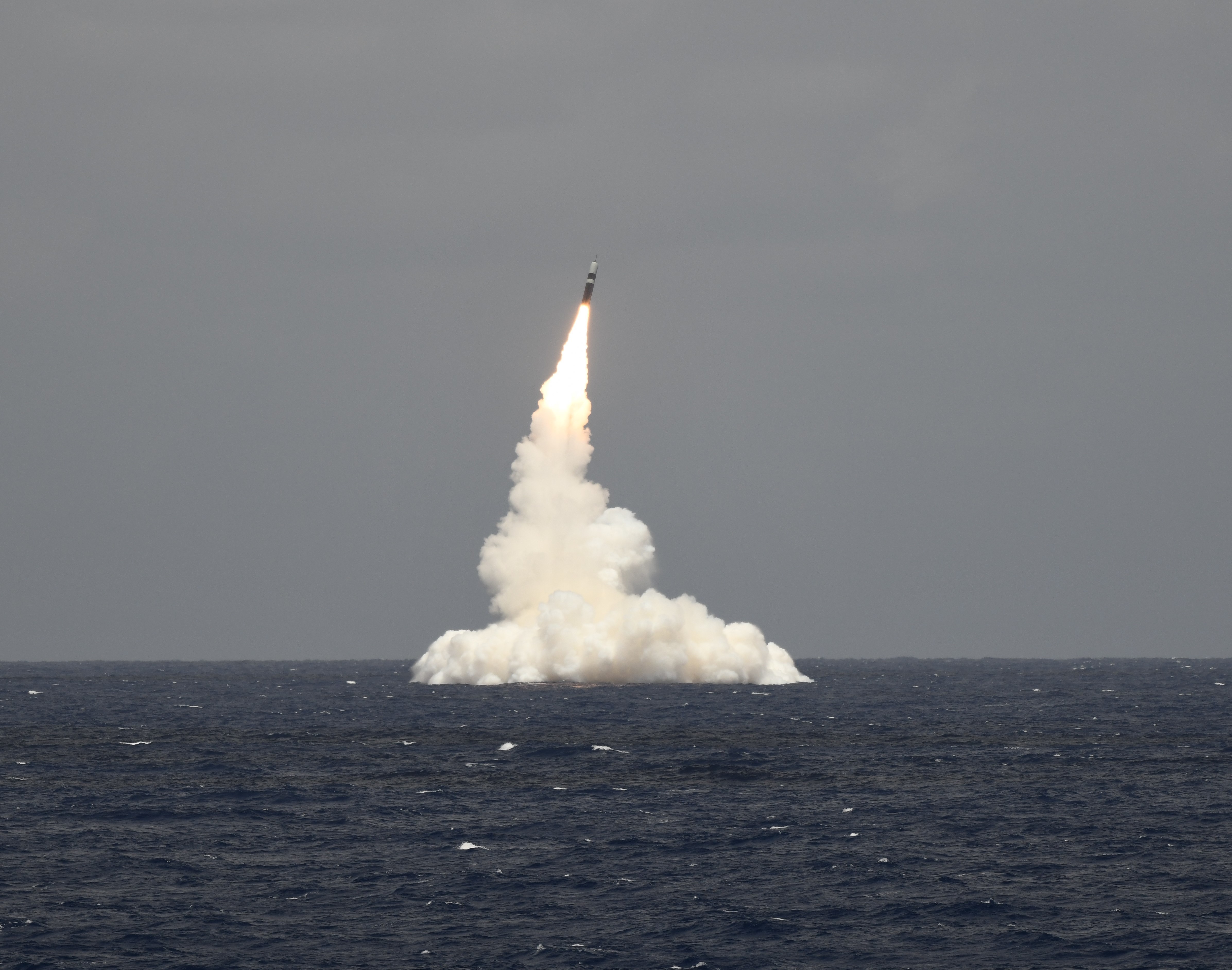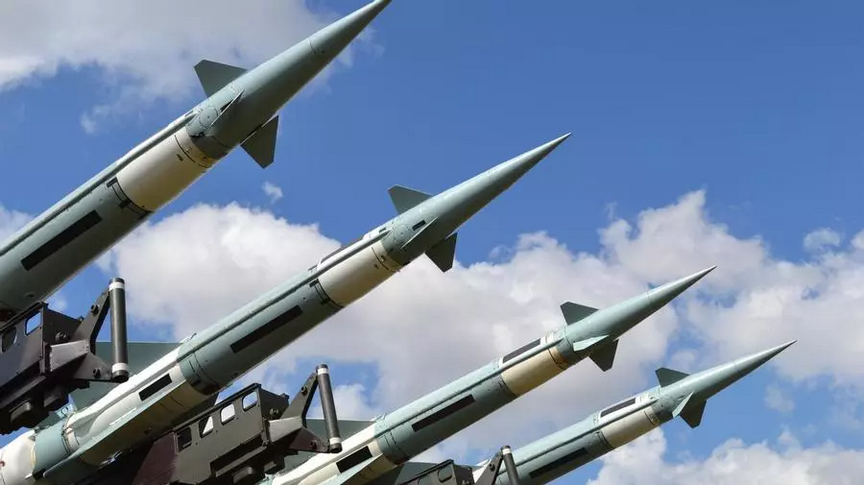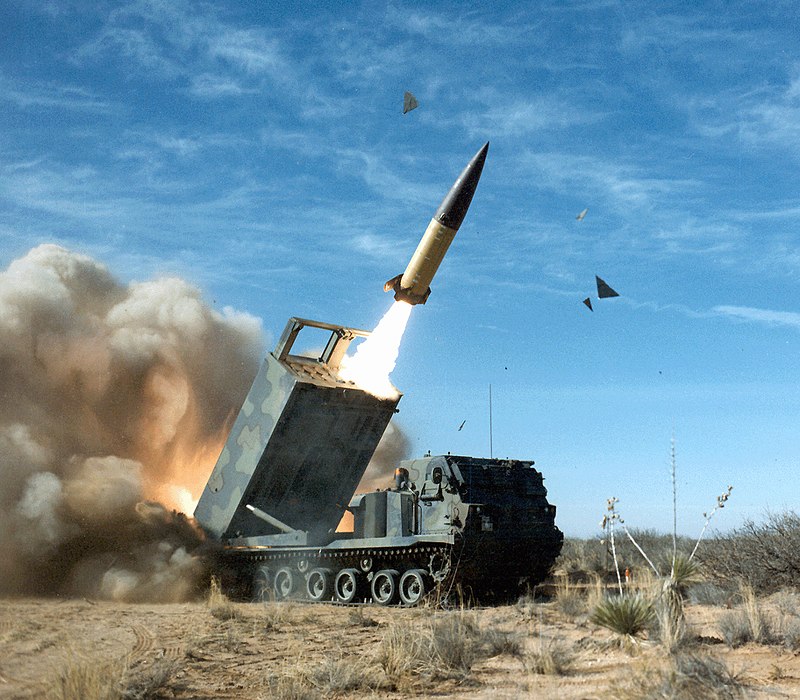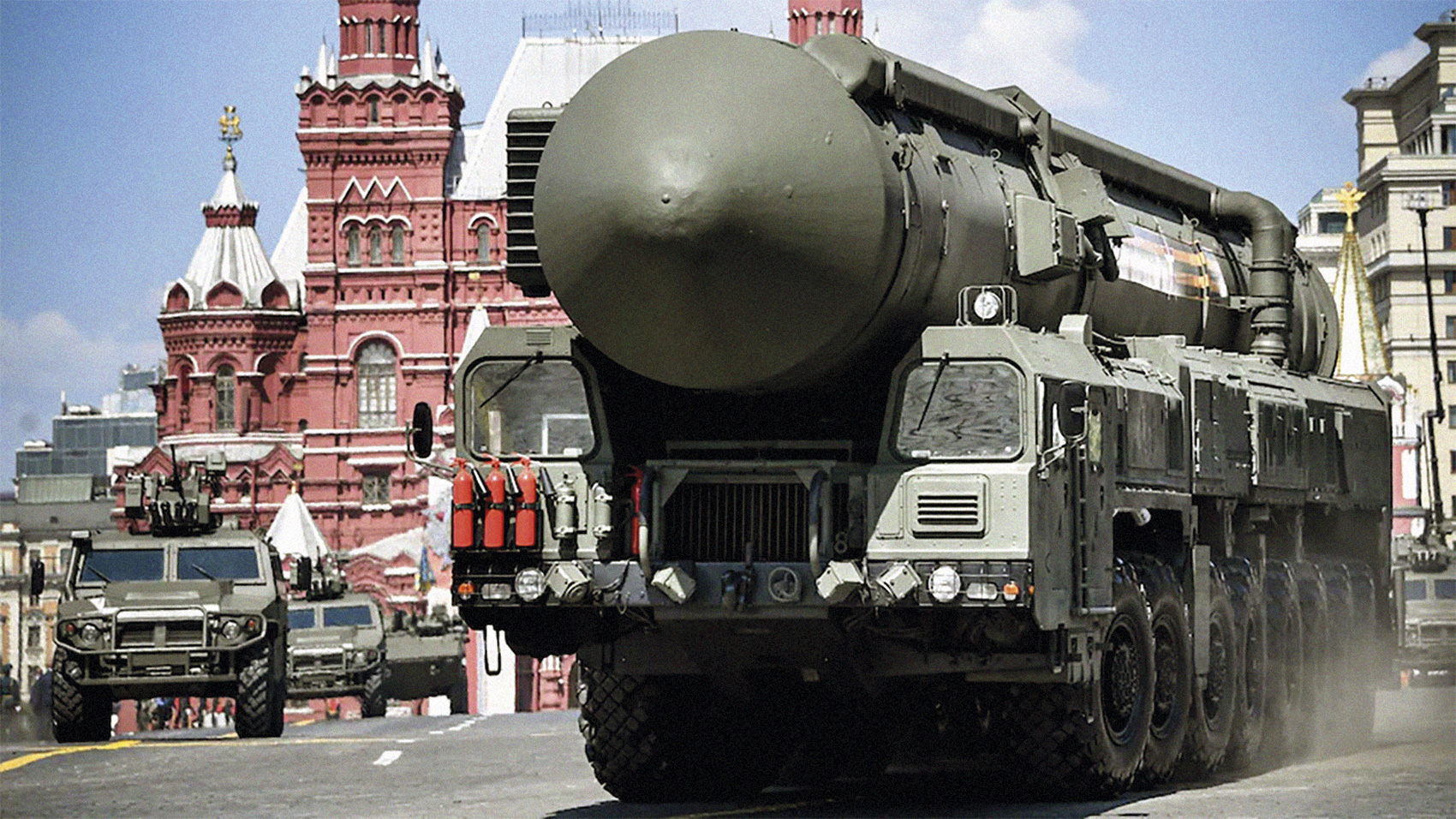What are Putin’s tactical nuclear weapons to respond to threats from the West?
- This new step was announced by the Russian Ministry of Defence on 21 May, stating that it is a response to the "threats of some Western leaders". At the moment, tactical nuclear weapons have never been used for their enormous capacity for destruction.

The Russian Ministry of Defence has determined that the army has initiated maneuvers of "special munitions" [nuclear warheads] and "disguised transport" to missiles, in the military district of southern Russia, very close to Ukraine. It reports on this new step on 21 May, stating that it is a response to the "threats of some Western leaders". These include the French President, Emmanuel Macron, who proposed in February the idea of sending NATO troops to Ukraine.
Since Vladimir Putin invaded Ukraine on 24 February 2022, the use of nuclear weapons is a repeated threat. It is not, therefore, new, but the implementation of the threat is becoming increasingly real.
Also in March 2023 reached agreement between Russia and Belarus to be able to put tactical nuclear weapons in Belarus. "It's nothing extraordinary. The United States has done the same in recent decades. They have spread tactical nuclear weapons in allied countries (…) If memory does not fail me, in Germany, Turkey, the Netherlands, Belgium, Italy and Greece," Putin said. Since then, weapons have been present, as the president of the country of Aleksandr Lukaxen pointed out in June, "which are three times stronger than Hiroshima and Nagasaki."
Nuclear, always destructive
A nuclear head which becomes a tactical nuclear weapon is added to a bomb, obus or missile. Although it doesn't have the long reach of a classic nuclear weapon, thousands of miles, it's 500 kilometers, and it's not a ttip. All parties have built the reputation of a lighter and sweeter weapon, more precise and more precise. The discharge is false: they have a force between 1 and 100 kilotons and given that the Americans sent Hiroshima at 12, the risk of separation is clear.
At the moment, this type of weapon has never been used, precisely because of the sobriety of destruction: "We have soon realized that it is not manageable. They are weapons that destroy everything tens of square kilometres: humans, nature, infrastructures and communication routes. And not only that, the area will be contaminated by radiation for a long time and no one will be able to attend," explains Colonel Goya to the media.
Arma nuklearren produkzioarekin, mantentze lanekin eta modernizazioarekin loturak dituzten hainbat enpresa aztertu dituzte, eta horien artean agertzen dira BBVA, Santander bankua eta SEPI.
Japan, 6 and 9 August 1945, the United States launched an atomic bomb causing tens of thousands of deaths in Hiroshima and Nagasaki; although there are no precise figures, the most cautious estimates indicate that at least 210,000 people died at the end of that year. But in... [+]
On the occasion of the Hiroshima G7, the temptation to say again what Marx has made us repeat too many times, putting us in the mouth of Hegel, is not a fool: “Hegel says that all the great events and characters in universal history appear twice, but he forgot to say: once as... [+]






















